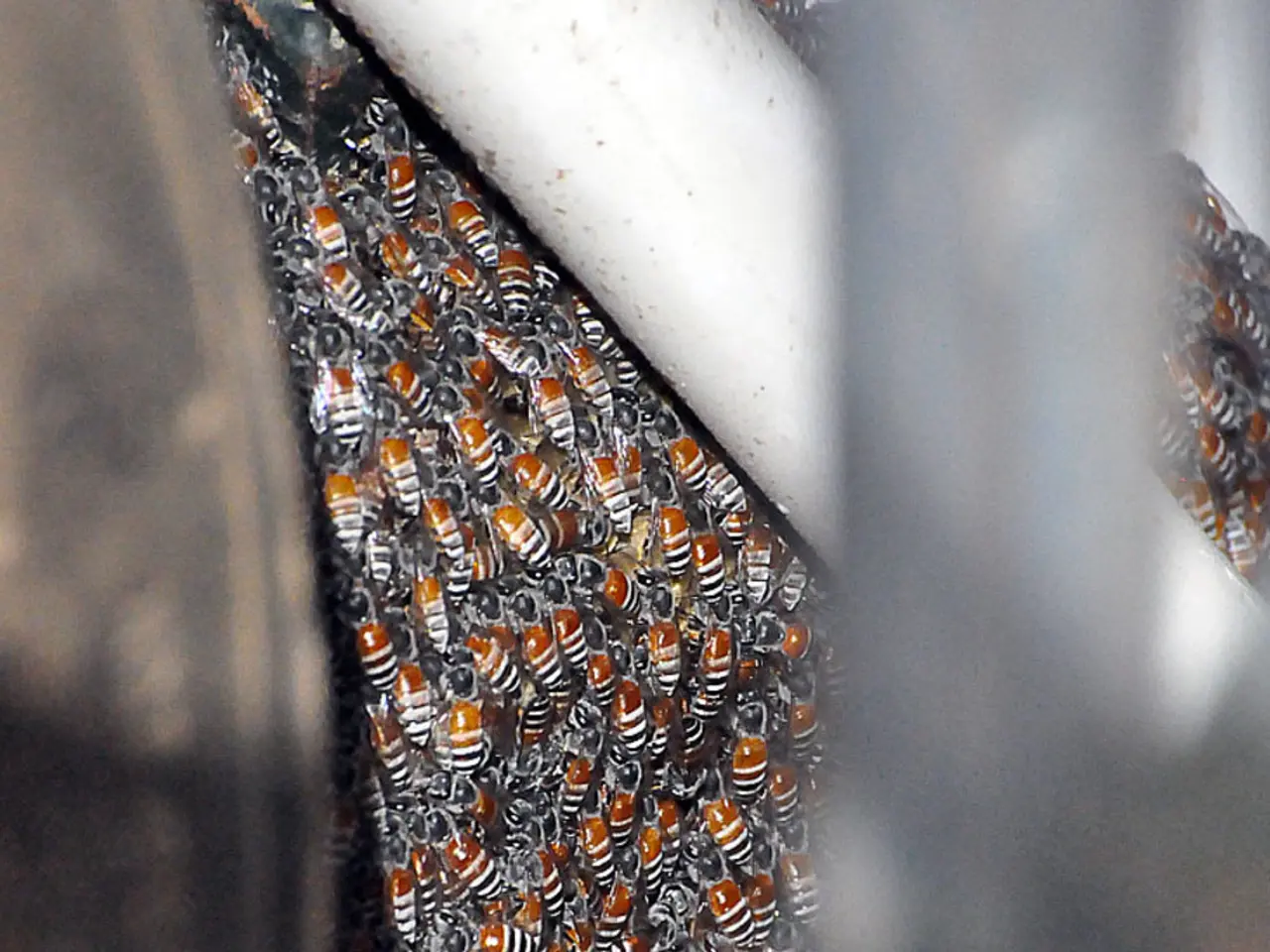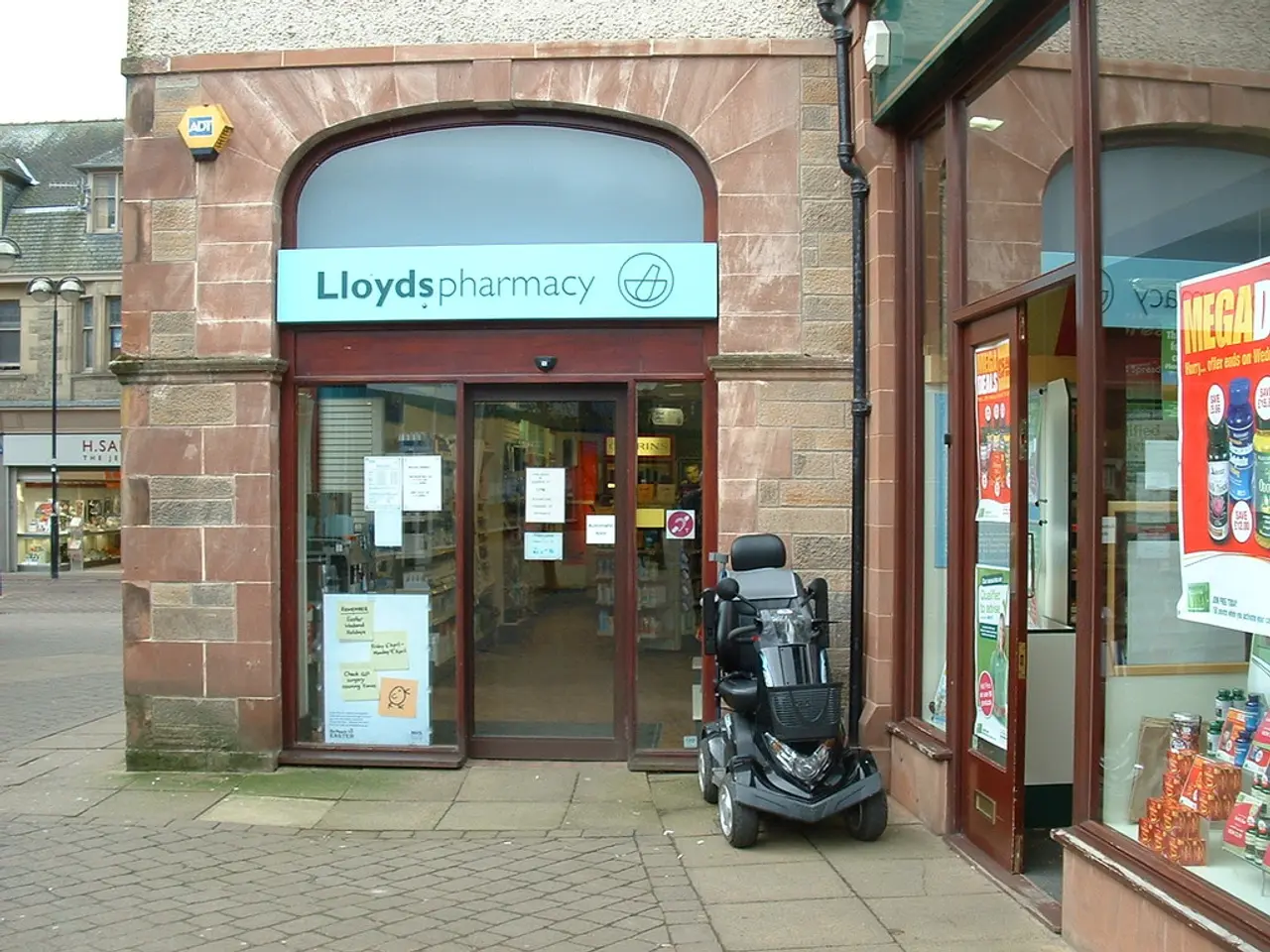Wasp Sting Relief - Easing the Discomfort of a Sting
In Hamm, the warmer months bring the buzz of bees and wasps, and with them, the potential for painful stings. Here's a guide to the recommended first aid steps and home remedies for treating a bee or wasp sting.
First and foremost, if a stinger is present, it's crucial to remove it promptly. This can be done by scraping it out with a fingernail, credit card edge, or gauze. Avoid using tweezers as that can release more venom.
Next, clean the sting site thoroughly with soap and warm water to reduce the risk of infection.
Applying ice or a cold compress wrapped in a cloth to the affected area for 10–20 minutes can help reduce pain, swelling, and inflammation by numbing the area and constricting blood vessels.
Topical treatments such as calamine lotion or home remedies like aloe vera gel, baking soda paste, or cooled tea bags can soothe itching and irritation.
Oral antihistamines, like diphenhydramine/Benadryl, can help reduce itching and swelling if needed, and over-the-counter pain relievers like ibuprofen or acetaminophen can be used for discomfort.
It's important to monitor for signs of allergic reaction such as hives, rash, facial swelling, difficulty breathing, dizziness, or nausea. Seek immediate medical help if any of these symptoms occur or if stung multiple times or inside sensitive areas like the throat.
Additional advice includes wearing protective clothing and avoiding attracting insects by minimising scented products when outdoors.
Venom immunotherapy is a longer-term treatment option for people with severe allergic reactions to bee or wasp stings, but it requires specialist evaluation and is not a first aid measure.
In summary, first aid involves careful removal of the stinger, cleansing the area, applying cold, soothing irritation, managing symptoms with medications, and watching closely for allergic reactions that require emergency care. Stay safe and enjoy the outdoors!
[1] Mayo Clinic. (2021). Bee sting first aid. Retrieved from https://www.mayoclinic.org/first-aid/bee-sting/basics/art-20056534
[2] NHS. (2021). What to do if you're stung by a bee or wasp. Retrieved from https://www.nhs.uk/live-well/healthy-body/what-to-do-if-youre-stung-by-a-bee-or-wasp/
[3] WebMD. (2021). Bee, Wasp, or Hornet Sting First Aid. Retrieved from https://www.webmd.com/first-aid/bee-wasp-hornet-sting-first-aid
[4] American Academy of Dermatology. (2021). How to treat a bee sting. Retrieved from https://www.aad.org/public/diseases/a-z/bee-sting-treatment
[5] American College of Allergy, Asthma and Immunology. (2021). Venom Immunotherapy. Retrieved from https://acaai.org/allergies/treatment/immunotherapy/venom-immunotherapy
In the world of health-and-wellness, proper mental health is crucial, even when discussing a physical issue like a bee sting. Remembering practices such as deep breathing exercises can help manage anxiety related to the sting.
Moreover, taking care of one's skin-care in this situation is essential too. After a bee sting, it's advisable to use over-the-counter skin-care products like calamine lotion, aloe vera gel, or baking soda paste to soothe itching and irritation.




